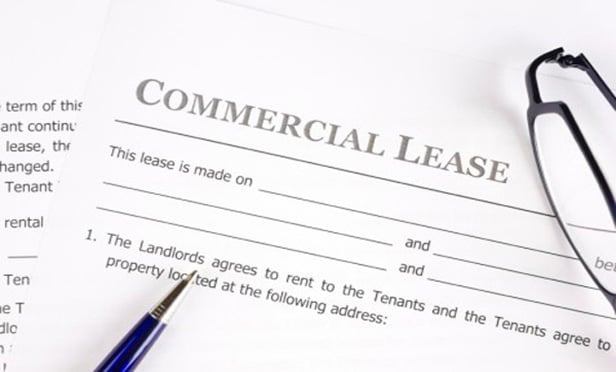Features

Pre-Negotiation Agreements Can Protect Lender’s Interests In Commercial Real Estate Loan
A timely and properly drafted “pre-negotiation agreement” should ensure that all discussions or draft agreements exchanged between the parties are neither enforceable prior to final execution of a settlement agreement nor admissible in any court proceeding.
Features

The Emerging Regulatory Landscape of AI In the Hospitality Industry
This article surveys the emerging regulatory and legal AI landscape and consider steps the hospitality industry stakeholders can take to safeguard against potential exposure as they consider adopting AI tools to drive improved performance.
Features

NY Court of Appeals Clarifies Mechanics of ‘Good Guy’ Guaranties and Commercial Leasing
By giving preference to the guaranty’s release conditions and interpreting “surrender” in the guaranty to mean tenant-side relinquishment of possession and control, the court confirms that guaranty discharge can be self-executing, without the need for any landlord acknowledgment which was required under the prior prevailing authority on the subject.
Features

Three Reasons Why Florida Commercial Real Estate Owners May Want to Continue Filing State Tax Returns
Some real estate projects may file a final sales tax return in October to report sales tax on rents related to September 2025 occupancy, the final month the sales tax on commercial leases was effective. However, there are three reasons why owners of commercial real estate projects may want to consider filing sales tax returns for three more years, even if they are merely “zero” returns.
Features

Law Firm Leasing Keeps Growing; Accounts for 10.5% of All U.S. Office Leasing
With law firm leasing staying strong during the third quarter of 2025, the legal sector accounts for 10.5% of total U.S. office leasing for the first three quarters of the year, more than double the level in 2018, showing the strength of the legal leasing market, a new Savills Q3 report finds.
Need Help?
- Prefer an IP authenticated environment? Request a transition or call 800-756-8993.
- Need other assistance? email Customer Service or call 1-877-256-2472.
MOST POPULAR STORIES
- The DOJ's Corporate Enforcement Policy: One Year LaterThe DOJ's Criminal Division issued three declinations since the issuance of the revised CEP a year ago. Review of these cases gives insight into DOJ's implementation of the new policy in practice.Read More ›
- Use of Deferred Prosecution Agreements In White Collar InvestigationsThis article discusses the practical and policy reasons for the use of DPAs and NPAs in white-collar criminal investigations, and considers the NDAA's new reporting provision and its relationship with other efforts to enhance transparency in DOJ decision-making.Read More ›
- The DOJ's New Parameters for Evaluating Corporate Compliance ProgramsThe parameters set forth in the DOJ's memorandum have implications not only for the government's evaluation of compliance programs in the context of criminal charging decisions, but also for how defense counsel structure their conference-room advocacy seeking declinations or lesser sanctions in both criminal and civil investigations.Read More ›
- A Playbook for Disrupting Traditional CRMHere's the playbook for disruption: Take attorneys out of the equation. Stop building CRM that succeeds or fails on their shoulders. We need to shift the focus and, instead, build the technology from the ground up for the professionals who actually use it: marketing and business development.Read More ›
- Bankruptcy Sales: Finding a Diamond In the RoughThere is no efficient market for the sale of bankruptcy assets. Inefficient markets yield a transactional drag, potentially dampening the ability of debtors and trustees to maximize value for creditors. This article identifies ways in which investors may more easily discover bankruptcy asset sales.Read More ›
